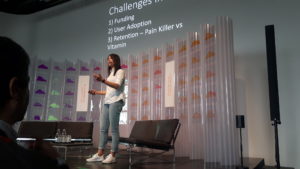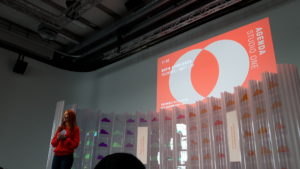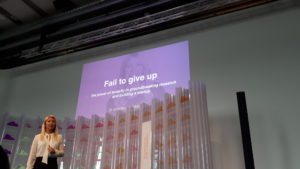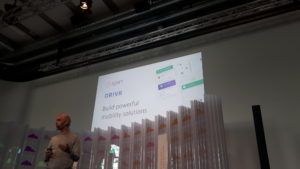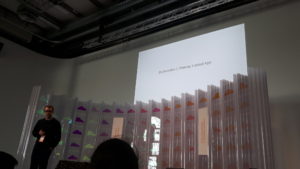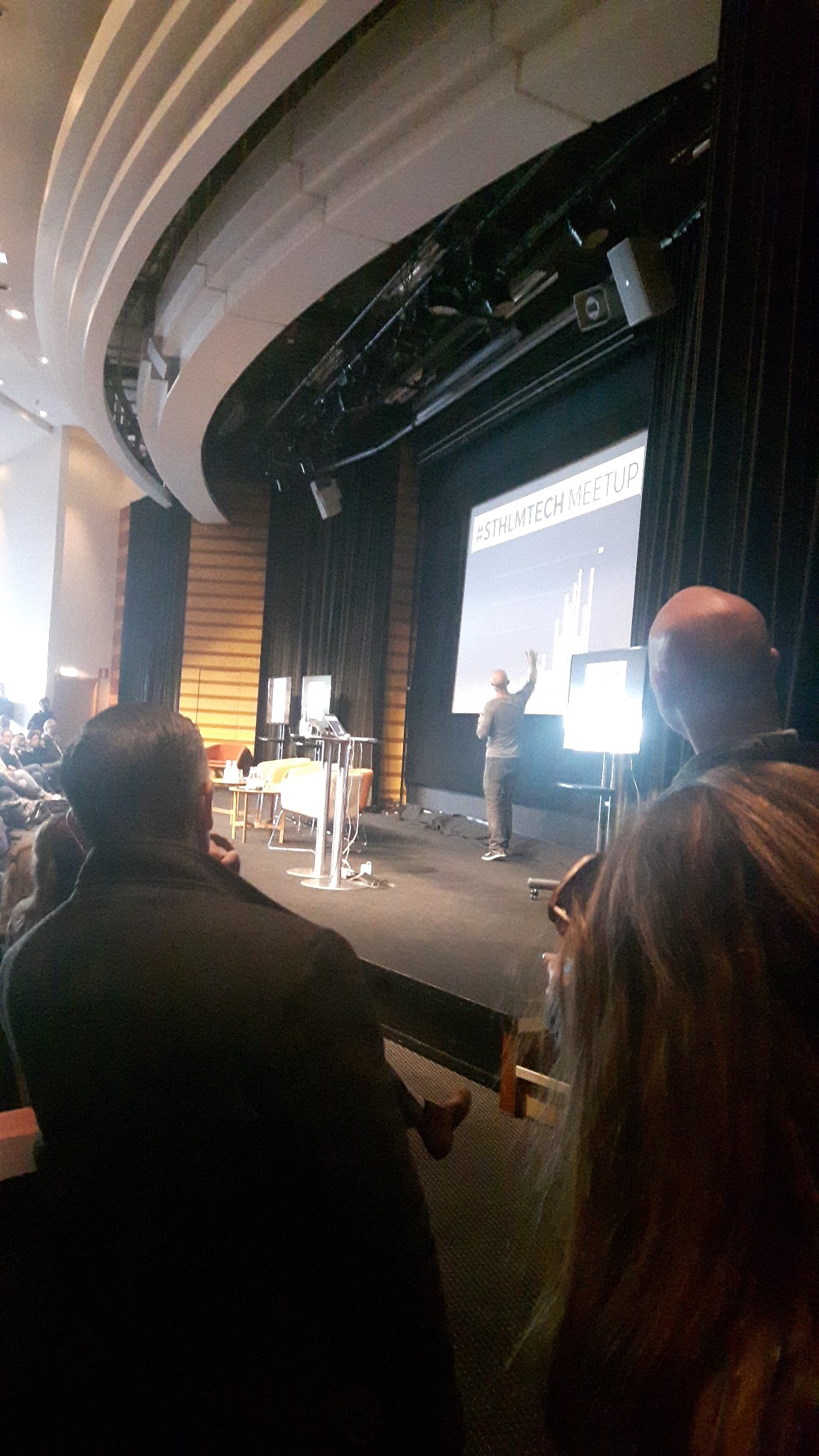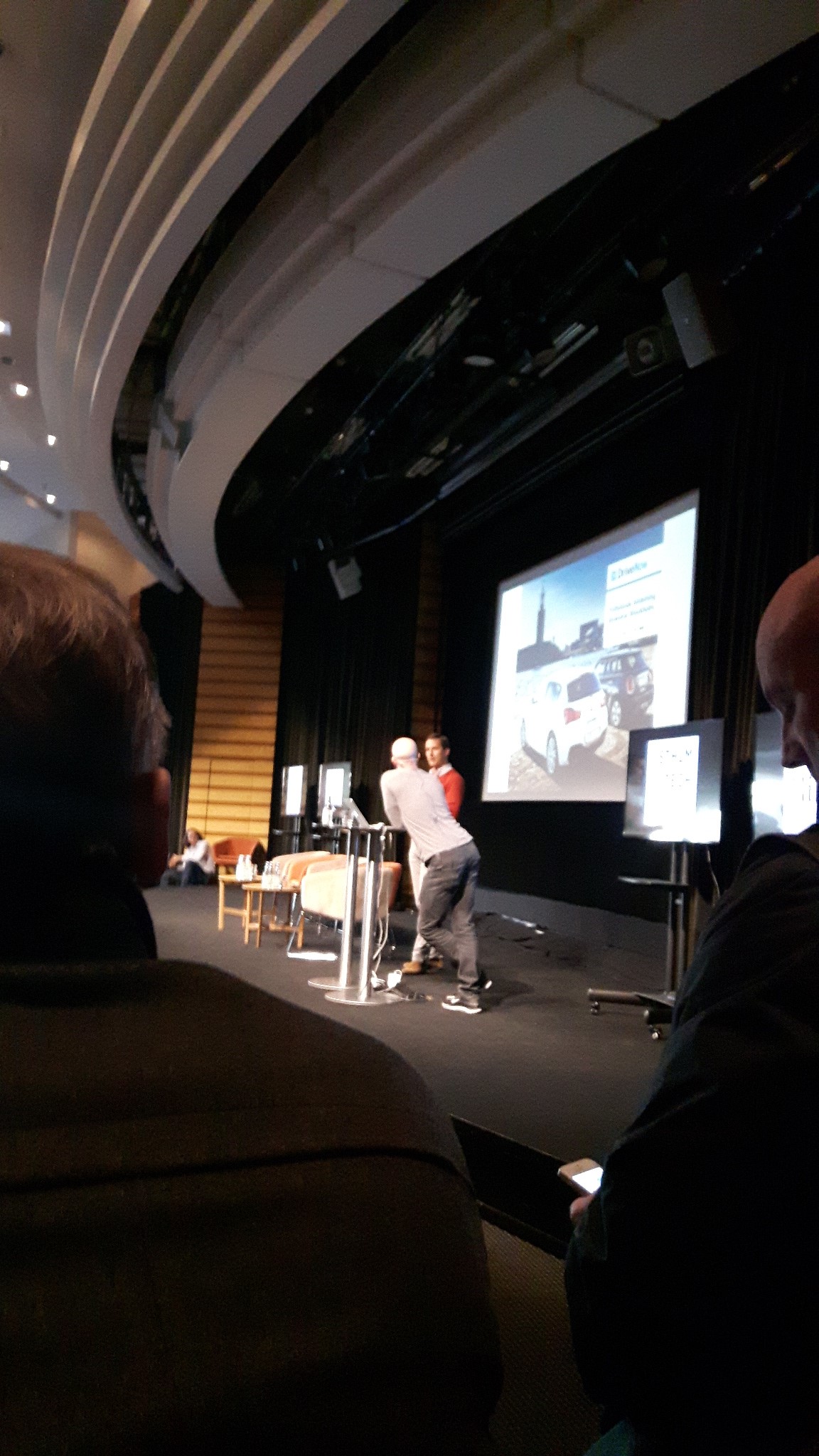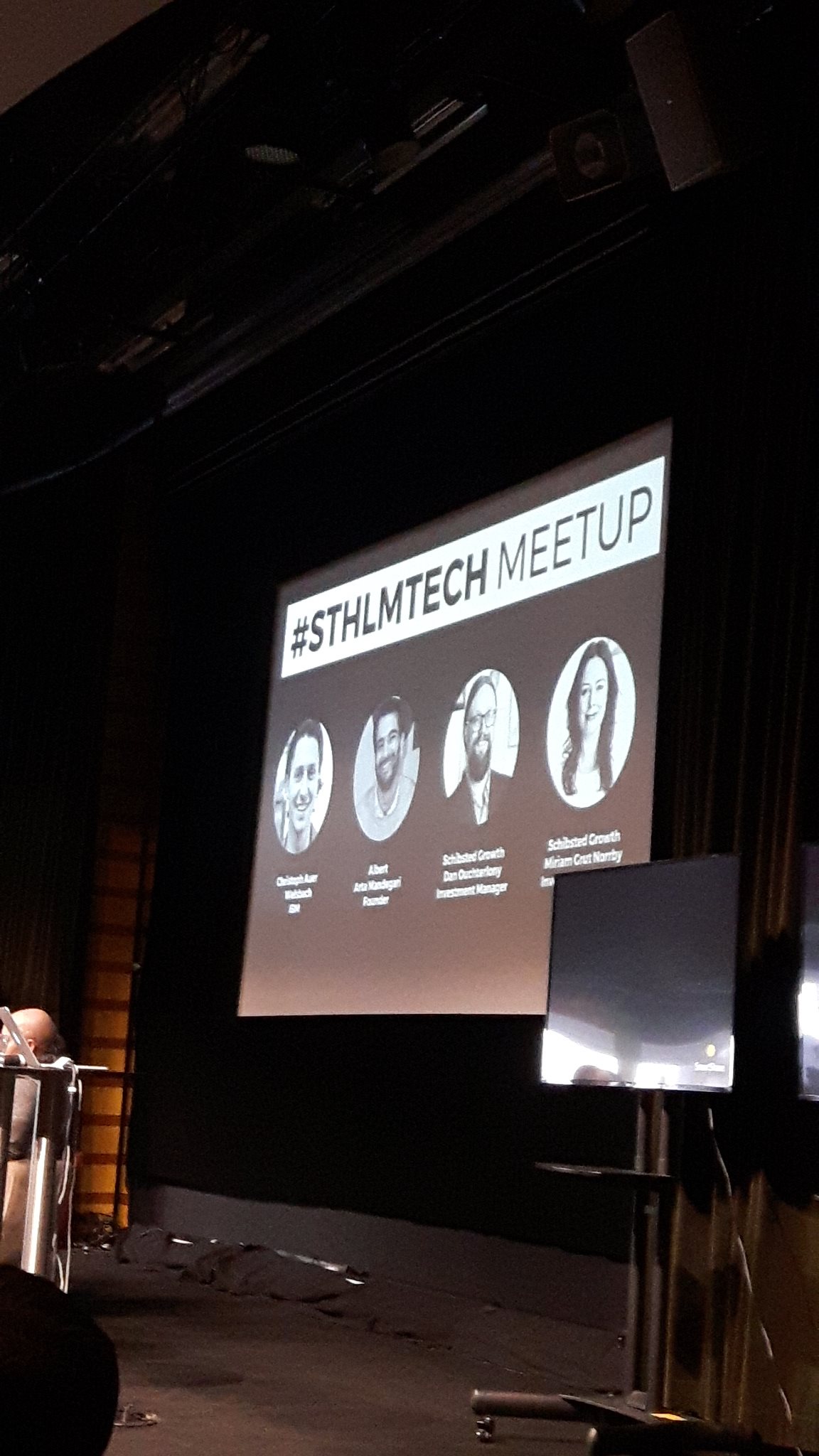This week end, I saw the movie “Zootopia” (don’t make fun of me 😉 ). It is the story of a rabbit, Judy, who comes from countryside. Her parents are farmer. In their world, people are divided in two main groups : preys and predators. Long time ago predators were used to killed preys but now they leave almost in harmony. The dream of Judy is to become a policewoman. However, in her world, preys never became policeman, policeman is reserved to predators who are strong. Finally Judy succeed in entering in the police school, she was the first prey to enter in this school. At the beginning, Judy was not able to do all the exercise because she was not enough strong. But Judy didn’t loose courage and work twice more than others and she succeed in becoming the first prey policeman and even the major of her promotion. At this point Judy thought that she succeed in realizing her dream. Unfortunately it was not completely true. Indeed, she was allocated in the biggest city called Zootopia but, when she arrived, her director didn’t handle her as others because she was a prey and not a predator. Hence, she was not allocated at an affair as the others but at the parking. Therefore, she decided that she will do this mission better than expected to prove her director that she is competent. Unfortunately it was not enough for his director who keep on treating her in a bad way. However, with strength, courage and a lot of nerve, Judy finally succeed in finding the solution to the biggest affair of disappearance of the city. Even if sometimes she was totally discouraged she finally succeed in becoming a real and respected policewoman.
The first lesson of this movie is that, the social environment where we come from doesn’t have any importance. It is not because your parents are not engineer or doctor or whatever else that you can not become one if you want. The most important point is to believe in yourself and don’t let others discourage you by saying that it’s not possible for you because of your social environment.
The second lesson was that it is not because people think you are not able to do something because you are too fragile or not enough competent for instance, that you can’t do it. If you are sure that you want to do it, you can do it. You have to believe in yourself and work harder to show that you are able to do it. So don’t let others discourage you.
I also learnt that a victory is not enough, unfortunately you still have to prove others that you are competent even if you have already prove them you are competent (ex: to be graduated) , it’s a continuous process. You always have to fight to succeed in realizing your dream. I think it’s important for an entrepreneur to understand this because it is not because your venture is a success at the beginning that it’s all done, you have to take care of it and always work to keep it alive.
The last lesson learnt was that sometimes you need to use a lot of nerve to show that you can do it whatever others said. I think that is a good point for an entrepreneur. Indeed an entrepreneur has to show that he has enough ambition and is ready to do lots of things to succeed in doing it. An entrepreneur has also to be ready to take some risk to succeed because victory need risk.
I hope this post will have tempted you to see Zootopia and you will find it interesting.
